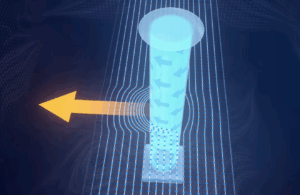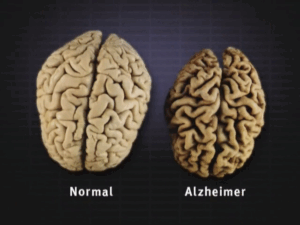Understanding the past, present, and future across space.

Alarm clocks, sundials, calendars, and watches all dictate how we live our lives each day because they allow us to tangibly measure time: they separate the past, present, and future. But what if I told you that the concept of “now” we revolve our fast-paced, fleeting lives around doesn’t exist—at least, in the way we think? By exploring the physics of time and space, theoretical physicist Carlo Rovelli has developed an intriguing hypothesis that challenges our notions of time by separating time standards by “bubbles” of space.
To understand Rovelli’s hypothesis, let’s recall one of the most well-accepted theories of time: the Theory of Relativity. Proposed by Albert Einstein in 1905, the theory states that time passes at different speeds depending on our position in space.
To illustrate this idea, let’s use the example of two twins: one remains on earth, and the other takes a round trip to a star 10 light-years away with a speed slower than the speed of light (in theory, the fastest speed any object can travel at). The Theory of Relativity tells us that objects with a large gravitational pull cause a bend in spacetime, like a bowling ball sitting on a pillow; the closer you are to these objects, the faster time moves for you. As a result, time for the twin in space would move more slowly in relation to the twin on earth, though neither would feel time moving faster or slower. The Lorentz Factor equation below tells us exactly the difference in the way these twins will experience time. Depending on the speed at which the space twin is traveling, the time can pass almost twice as quickly for the earth twin. This scenario is called the Twin Paradox and illustrates the foundation of Rovelli’s hypothesis.
Back to the idea of the present: would the “now” of the twin on Earth be the same as the one in space? It depends on what we consider “now” to be. Such a question might seem trivial: for you, “now” appears to be the moment you read this article. On the contrary, the idea of “now” in the context of time is one that is heavily debated between philosophers and physicists alike; such debate provided Rovelli with the start of his hypothesis.
Let’s suppose that we have two people standing in front of each other on Earth, and label them as Timey and Spacey. In order for us to see either person, we need to process light which means that there is a gap of several nanoseconds, a slight delay, between a person moving and us being able to tell.
Because light only needs to travel a short distance between the two people, in this case, the difference is so small that the gap between Timey dancing and Spacey observing the dance is insignificant. But let’s say that rather than looking at Timey, Spacey looks at someone all the way on Saturn, called Person S. This time, however, light needs to travel a much longer distance. If S takes an action, Spacey sees it hours later. Taking this to a whole new level, if Spacey were to look at Person G in another galaxy, they would encounter a million-year delay. What if all of these objects were revolving at different speeds? Would that mean that the “now” of a faster-moving planet should be the future of a slowing-moving planet? To complicate the situation further, what if we looked through a black hole where gravity is so strong that even light can’t escape?
While battling with these complex ideas, Rovelli noticed that no uniform tangible idea of the present true for all objects across time and gravity existed. The closest we can get to an accurate idea of the present only applies within our own bubble where the distance between two people is so small that the time-delay between action and sight is insignificant.
Instead of having a general idea of “now,” Rovelli proposes breaking up space into pieces with distinct versions of their own “now.” If we define L as the radius of a circle, c as the speed of light and ∆T as the minimum resolution of time, the equation L=c∆T can help us quantify a circle in space where people experience the present alike. For us, this bubble is Earth. Rovelli’s hypothesis appeals to many and has contributed to an ongoing discussion of the connectivity of time, space, and its impact on life as we know it. Interestingly, this is just one of many theoretical explanations of the present, and many models stand to propose something radically different. In the meantime, our life is dictated by dials and boxes wrapped around our wrists by a thin strip of rubber. Our history is just a thin curve of time in space. Who knows what’s to discover next!
– Andri Kadaifciu
Image Sources







Comments are closed.